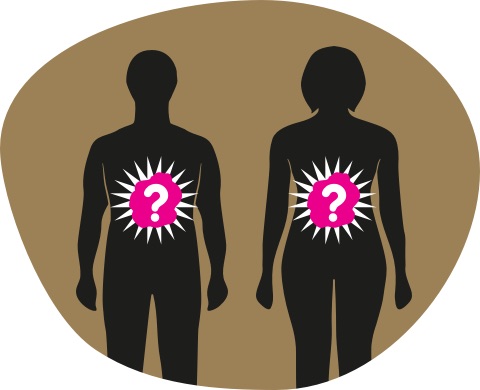Some people with cancer of unknown primary may have felt sick for a while.
There are a number of things to look out for, including:
- a lump or a thickening of any part of your body
- a new or unusual pain that wonŌĆÖt go away
- a new or changed cough or change in your voice that doesnŌĆÖt go away
- change in going to the toilet such as weeing more often or having trouble doing a poo (constipation) or having very runny poo (diarrhoea)
- unusual bleeding or discharge
- fevers or night sweats that donŌĆÖt go away
- not feeling hungry
- losing weight without meaning to
- feeling really tired for no reason.
Having these symptoms may not mean you have cancer, but it is important to check.
If you have any of these problems or are worried about something thatŌĆÖs new or different in your body, have a yarn with your doctor, nurse or Aboriginal and/or Torres Strait Islander health worker.






